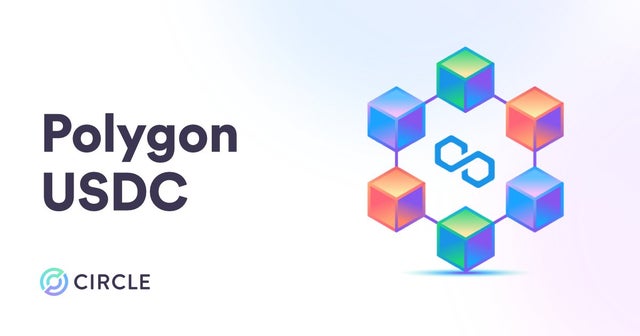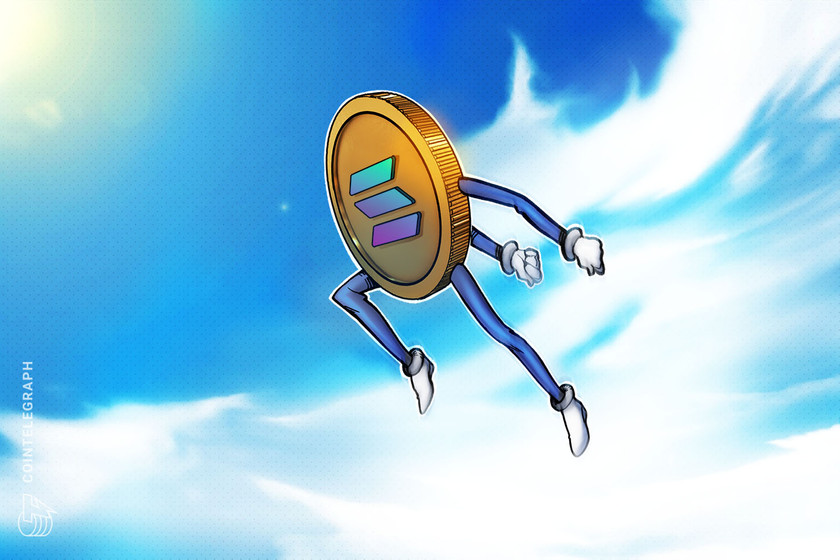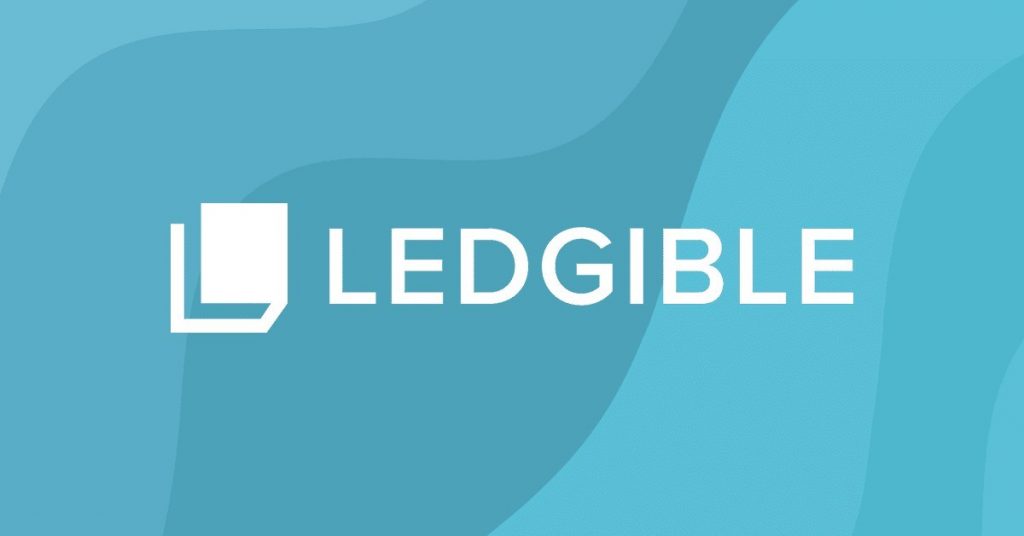Scared to Participate In a Token Sale? Here’s How Vent’s DeFi Launchpad Makes it Safer
With DeFi becoming accepted by the mainstream, IDOs (Initial Decentralized Exchange Offerings) grow in tow. With that being said, researching a token and the project behind it in-depth and ensuring its safety is a stressful endeavor at the best of times. Many are wary of participating in token sales With fraudulent tokens and crypto-related scams on the rise, it’s no surprise crypto users are becoming more careful about what they buy. The Vent Launchpad aims to resolve this by taking it on themselves to do their due diligence on all projects seeking to launch through them. It ensures that backer’s funds are kept safe and that they’re only released when the project demonstrates its qualities. Today, we’ll be going over how Vent’s DeFi launchpad works and how it ensures safety when participating in token sales. What is Vent’s DeFi Launchpad? Vent Finance is the world’s first full-stack multichain community-focused IDO launchpad. It ensures that users have an easy time joining token sales while making sure the projects on the platform are trustworthy. The launchpad was designed to even the playing field between casual users and those that have been participating in token sales for decades. Vent attempts to combine security and transparency with ease of use and give everyone access to a safe and fun way to contribute to DeFi projects. It provides promising early-stage projects with crowdfunding opportunities in addition to incubation assistance such as expert help. So, what does Vent do to ensure you can safely participate in token sales? Vent’s Intensive Vetting Process The first of Vent’s many security measures is its intensive vetting process. They vet each project in order to ensure that it’s a worthwhile prospect for their users. Vent aims to launch exclusively high-quality projects that provide long-term value to society. They will talk to founders and analyze the startup’s business plan in order to determine if the business is founded on short-term hype, or if it’s a project that will provide long-term value to its users. Many crowdfunding platforms will support most projects that go through the door, scarcely reviewing their model and smart contract. With smart contract fraud being on the rise, Vent acts like the adult in the room, and their experts personally inspect each project’s smart contract. This ensures that their users aren’t caught in a scam. Before listing a project, Vent does a thorough quality check, looking at the core technology, relevance, tech integration, and Tokenomics of the project. This process is not done behind a locked door, it’s entirely transparent for the community to see. How Vent Ensures Your Funds Are Put To Good Use Vent doesn’t simply provide the startups with all of the funds when users back them on its platform. Instead, they use a milestone-based process to ensure your funds aren’t going to be wasted. Vent does this through their innovative milestone system. Funds are held in escrow until the startup has been able to complete agreed-upon milestones. The IDO launchpad only releases the funds once the project has been able to meet the milestones. Just in case these milestones aren’t met, Vent implements a 100% token-back guarantee. This ensures your funds are never wasted backing a project stuck in development hell. Vent has implemented a BGA (base guaranteed allocation) that lets all users who have an average holding score of 5000 $VENT(Vent’s utility token) or more participants. This average holding score is calculated by taking the average of a user’s holdings at 7 points within 7 days and dividing by 7. So, what happens if a startup on Vent launches regardless of whether or not they’ve fulfilled Vent’s requirements? In that case, all funds put into that project are immediately refunded to the users. Exemplary Transparency Vent is completely transparent about the information they have on each startup. Furthermore, they allow comments and conversations to happen on the profile of each project. This helps users get an outside view of a project they’d like to fund. Furthermore, in order to ensure that users understand the long-term value of the token they’re purchasing, Vent continuously puts out updates about projects. This continues even after the project is successfully launched. Account Security Features KYC, AML, and GDPR Compliance Vent complies with both anti-money laundering and terrorist financing laws and regulations for all projects. Because of this, the IDO launchpad makes KYC verification mandatory, including ID verification, providing proof of residency, and passing an AML check when creating your account. Vent also complies with the GDPR(General Data Protection Regulation) which ensures that all of your data is held securely and away from prying eyes. Note that Vent complies with the General Data Protection Regulation (GDPR), which ensures the privacy and security of your personal data. 24/7 Support and 2FA Vent allows you to set up 2FA(2-factor authentication) to ensure the person entering your account is yourself. This increases your security drastically, however, in the case your account is breached, not all hope is lost. Vent provides 24/7 support for all of its users, which makes restoring your account and stopping any fraudulent transactions a breeze. They also have a help center where you can go to answer some of the most commonly asked questions about the IDO launchpad. Is Vent Safe To Use? From what we’ve seen, Vent is on an excellent track to accomplish its goal of providing what they call: “the right way to experience DeFi. Building the economy of the future.” Their vetting process ensures that fraudulent and low-quality products never make it onto the platform in the first place. By doing their due diligence in ensuring only legitimate products make it onto the platform, they make it safer for their users to fund them. Vent combines their BGA with a milestone-based system to ensure nobody is left out of funding their pet projects while making sure developers are kept in check and projects don’t succumb to development hell. They’re also completely transparent about the whole process, which is a major plus. Finally, Vent is compliant with KYC, AML, and GDPR, ensuring exemplary safety in addition to featuring 2FA and 24/7 support. All in all, this makes the Vent DeFi Launchpad one of the safest ways to participate in token sales today.




